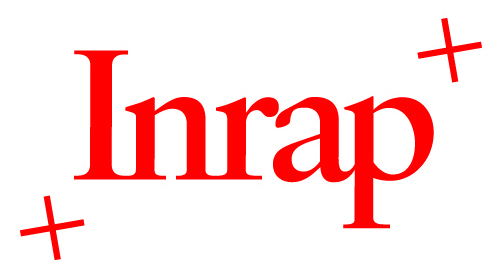The Gravettian Human remains from the Gargas cave (Hautes-Pyrénées, France): symbolic and chrono-archaeological context.
Résumé
Abstract: The Gargas cave has been the subject of a research programme since 2004. This article focuses on the chronological and anthropobiological framework of the human remains found in the Gravettian habitat levels of the Lower Gallery. These remains are:
– a well-preserved fragment of a child mandible (GPA-11-Wb-646) found in the GPA sector, in Room I, close to the Great Wall of Hands. The coronoid process is missing, the lateral face of the condylar process is eroded, the gonial angle is broken, and the superficial external cortical bone of the lower margin of the symphyeal region is desquamated on ca. 20 mm. The age-at-death is estimated between 1 and 3 years, based on the degree of mineralization and eruption of the teeth. The mandible was found in the upper third of a Gravettian level. Its archaeological context consisted mainly of an accumulation of faunal remains (centimetric to decimetric fragments and small burnt elements, some of them with anthropogenic traces), and some elements of lithic industry (tools and debitage products in flint and quartzite), used pebbles and coloring materials;
– a fragment of a child left clavicle (GPA-11-Wb-610). The bone is preserved on 47 mm, from the lateral third of the insertion for the deltoid muscle to the middle of the M. pectoralis major attachment site. The breaks are smooth and the bone surface displays many impacts, probably due to carnivorous activity. The age-at-death it estimated to 1 to 7 years;
– an immature clavicle fragment (uncertain determination) (GPA-11-Wb); in any case, this small fragment does not correspond to the previous left clavicle;
– a small (36.0 mm length and 20.0 mm width) neurocranial fragment (GPO 05-K9a) found in the GPO area (corresponding to the former entrance). This fragment belongs to an adult or a subadult;
– a first upper right deciduous incisor (GPO-07- K13b-1550). The crown is very worn and preserved only on 2 to 3 mm.
Three quarters of the root appear resorbed, indicating an age between 6 to 7 years old;
– a 42 mm long body fragment of a rib (GDI-2011 deblais) with grey sediment covering one extremity, and with some
red linear traces on the surfaces. This bone was found in the GDI sector, within the dumps of previous excavations. The
very ovoid and fairly thick section (7 by 11 mm) makes uncertain the attribution to the human species;
– a fragment of an adult left femoral diaphysis, preserved over 242 millimeters, found in the Cartailhac-Breuil collection
of the “Institut de Paléontologie Humaine”. The bone is broken proximally below the lesser trochanter and distally
at the junction between the second and last third of the diaphysis. This human remain, discovered during the excavations
of É. Cartailhac and H. Breuil between 1911 and 1913, was reported by Hugo Obermaier in his book L’Homme
fossile and attributed to the “Aurignacien supérieur” (Gravettian), without further information.
At least three subjects are represented in this skeletal assemblage: a young child (the mandible), an adult individual (the
femur), and an older child (the deciduous tooth with resorbed root): only the first two individuals were concerned by
mortuary practices that have to be discussed in following studies.
The first five human remains were discovered in situ within the Gravetian sedimentary unit, which corresponds to a
palimpsest of occupations. From a chrono-cultural point of view, and on the basis of a typo-technological analysis of
the lithic industry (Noailles burins, Gravette and Vachons points) and bone industry (Isturitz-type assegai points and
herbivore ribs decorated with notches), Gargas settlement is attributed to the Noaillian.
The mandible and the femur were directly dated (AMS C14 radiocarbon date). The results are respectively
24,930 ±220 BP (29500-28532 cal. BP) and 24,880 ±140 BP (29310-28593 cal. BP). These dates are compared with
the chronological sequence obtained from C14 dates on the faunal remains. Considering the distribution and significant
concentration of dates, two main periods of occupations can be identified: the first one is between 31,500 and 30,000
cal. years BP, the second between 29,500 and 28,500 cal. years BP. The direct dates of the human remains place them
in the final phase of the occupation of the cave.
The presence of human remains in the Gravettian occupation levels of Gargas, at the foot of the decorated walls,
brings new perspectives for studies on the relationship between mortuary practices, settlement and art. We were able
to highlight in Room I, where two thirds of the handprints are concentrated, the interpenetration of a “domestic” and a
“symbolic” space. The taphonomical context of the human remains, isolated and without anatomical connection, sometimes
covered with a thin calcite layer, suggests surface deposits that have undergone post-depositional mechanical
disturbances altering the original disposition and thus making difficult to interpret their funeral context.





